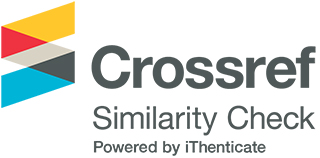What Is Love? A Factor Analysis of Established Frameworks and a Semantic Analysis of Individual Western Beliefs
DOI:
https://doi.org/10.33422/ejbs.v7i2.1257Keywords:
love, emotions, IAT, Prospect Theory, Theory of Constructed EmotionsAbstract
The assessment of the construct of love has been attempted with various self-reporting questionnaires but there is no evidence that these measures are assessing the same construct. This research is attempting to develop a culturally sensitive definition for the construct of love. This research is a two-part study. The first part of the research sets out to validate eight of the widely used love (or related area) self-reporting measures. We hypothesized that there would be high collinearity between the various measures and that they would be related to the individual’s perception of love. 565 adults were surveyed and were given each of the love measures, demographic questions, an overall rating of love (0-100), as well as an open-ended question to explain their definition of love. Factor analysis revealed that several of the measures had more factors than they reported, the items were plagued with high collinearity, or they had items that did not meet the minimum threshold for model inclusion. The second study addressed the attitudes toward love in Western society using an Implicit Association Test (IAT). We hypothesized that cognitive load would vary by the categorizations of love words. 1102 individuals in the United States and Europe were given a list of 158 words and asked if the word was associated to love or not love while cognitive load, measured as latency, was recorded. The results indicated that love words are identified faster than not love words. Conclusions are consistent with Prospect Theory and the Theory of Constructed Emotions.
Downloads
Published
Issue
Section
License
Copyright (c) 2024 Elizabeth Reyes-Fournier, Paul Reyes-Fournier, Robert Reyes-Fournier

This work is licensed under a Creative Commons Attribution 4.0 International License.












